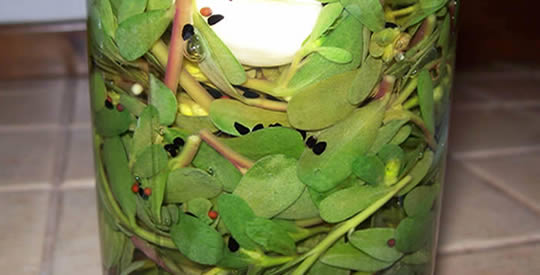Porcelain, procaccia, purselana, fat grass, purcacchia or purciddan. Do you know any of these names? You probably do: they are the regional names of an excellent plant that grows almost everywhere in Italy: purslane, or common porcelain.
Purslane (Portulaca oleracea) is a plant of Asian origin that has been used for thousands of years in traditional medicine. Neglected in recent years, and treated almost as a weed, purslane actually has a very noble past: even our ancestors used it for its excellent health benefits.
In the kitchen, purslane can be used in salads, soups or smoothies. It is a rich source of omega 3, contains vitamins C and B, carotenoids, iron, calcium, potassium and magnesium, as well as bioflavonoids and antioxidants.
Purslane can be used to treat constipation, urinary inflammation, diseases associated with the liver, and irritation (including of internal organs). Its leaves can be used to eliminate furuncles, hemorrhoids and insect bites.
Purslane is attributed with depurative, thirst-quenching, diuretic and anti-diabetic properties. It can be effective against diarrhea and vomiting as well as acute enteritis.
